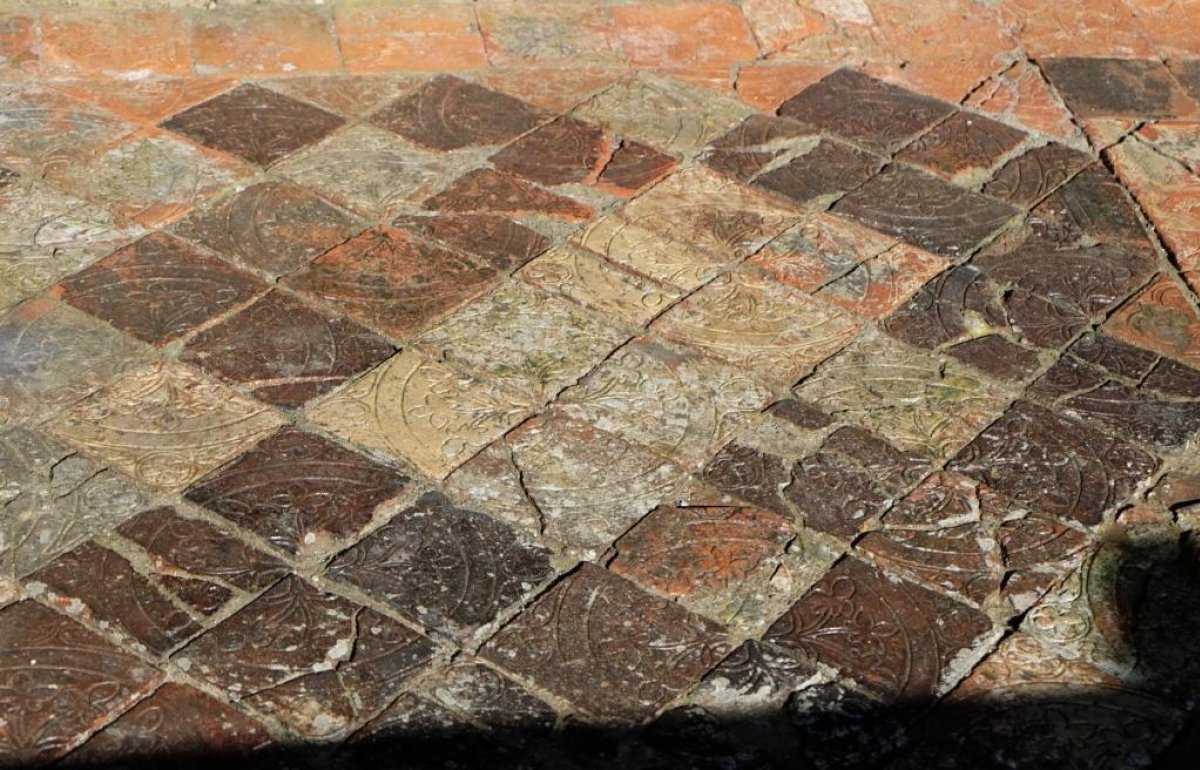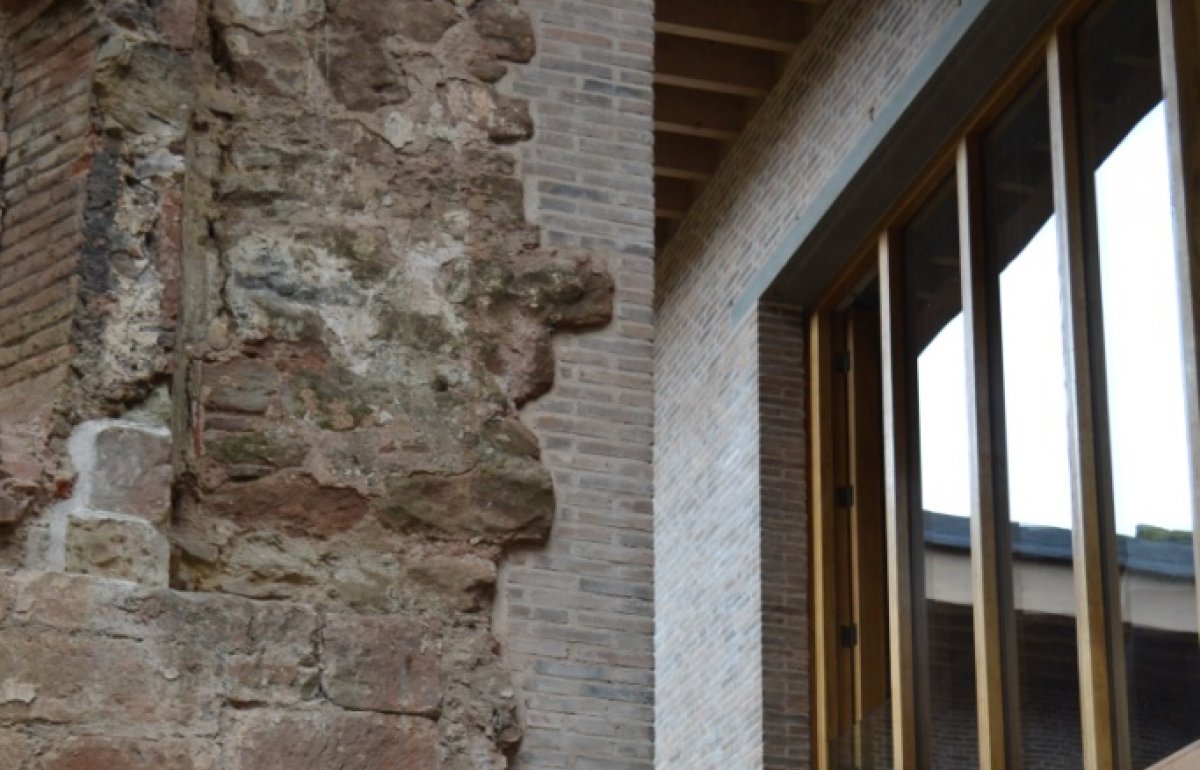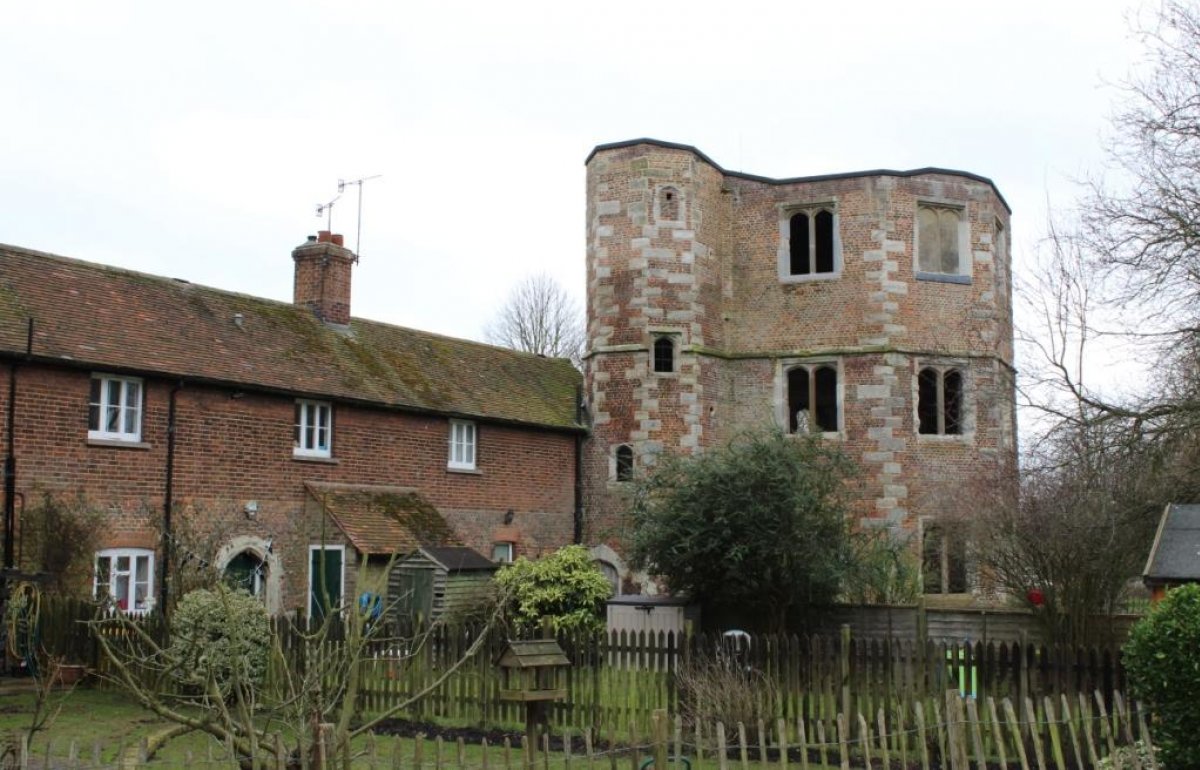Guidance on telecommunications installations in churches
The SPAB is aware of the increased number of proposals to utilise church towers and spires for the accommodation of mobile telephone aerials. One or more aerials may be concealed in a church (for example, within a tower or flagpole) or attached to the masonry externally. While recognising the possible financial benefit to churches, the Society urges that those responsible for such projects consider the potential impact on the character and aesthetic quality of buildings of historical or architectural importance.
The SPAB technical panel offers the following practical guidance:
- The insertion of an aerial and provision of an associated equipment room and cabling can potentially be very damaging. Where there is likely to be permanent damage to historic fabric, the Society urges that an alternative site be sought for the installation.
- All necessary consents must be obtained before work commences. In addition to a faculty from the Diocesan Chancellor, the approval of Historic England (or equivalent heritage authority) and planning permission from the local authority may also be required.
- The Society advises that no scheme be accepted without the approval of the church inspecting architect or surveyor, who is usually best placed to understand the implications of the work and should be engaged to oversee its execution. It is unwise to assume that the installation contractor will be aware of the highly sensitive nature of historic fabric.
- There is considerable potential for damage to archaeology, both below and above ground. The advice of an archaeologist needs to be obtained at an early stage.
- A formal legal agreement should be entered into with the telecommunications company. It is suggested that this covers not only installation but minimum reasonable access requirements (for example, access to the belfry by bellringers). The agreement should be vetted by the Diocesan Registrar.
- The Society stresses that installation should be designed and fitted to take proper account of the importance of the building, including any historic floors or bellframe. The principle of reversibility should be applied at all times.
- Due regard should be given to the impact of all parts of the installation on the structural stability of the building.
- Where it is proposed to strengthen an existing floor to carry equipment, reversibility may be hard to achieve; in such cases, the Society urges that consideration be given to other options, such as the insertion of a new floor that does not cause lasting damage.
- The church’s insurer should be notified before work starts, to ensure adequate cover. The SPAB may be able to suggest the names of suitable specialist brokers or companies.
- The re-use of telecommunications equipment by others may be desirable where technically possible in order to minimise potential damage to the building by replacing it when a licence is awarded to a different operator. All equipment should be removed at the end of its use, overseen by the church architect or surveyor.



